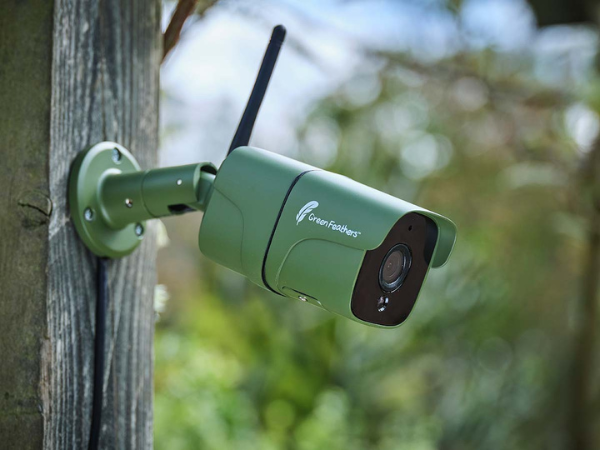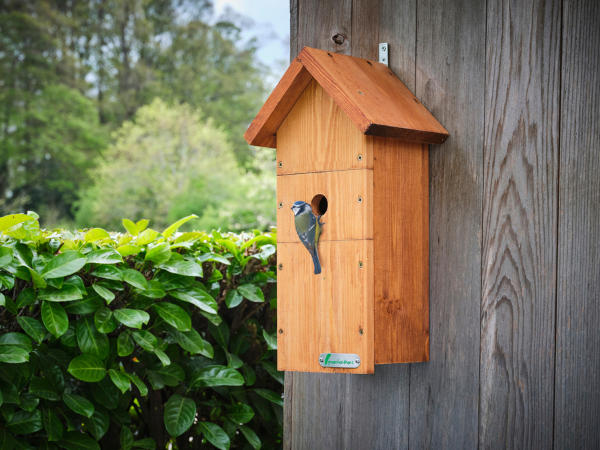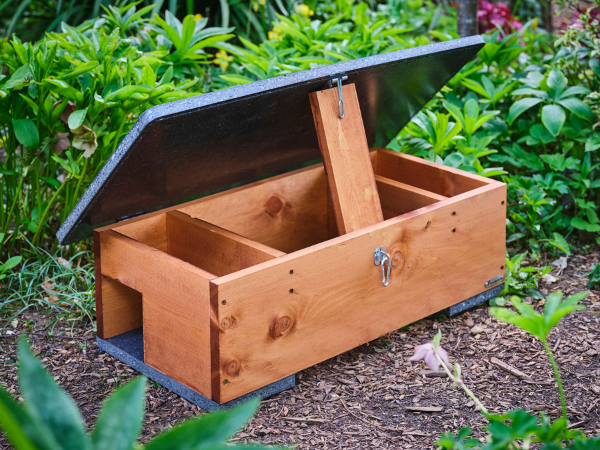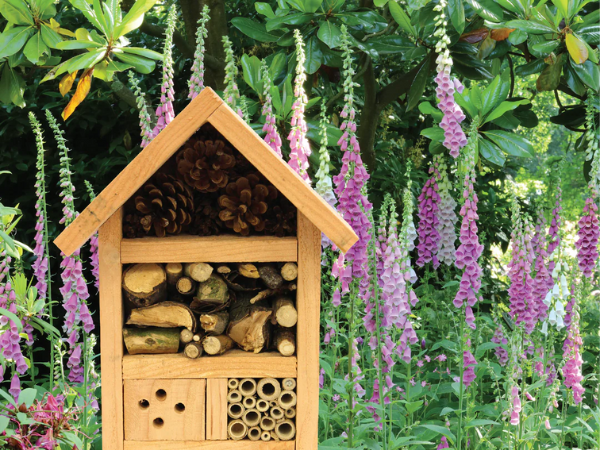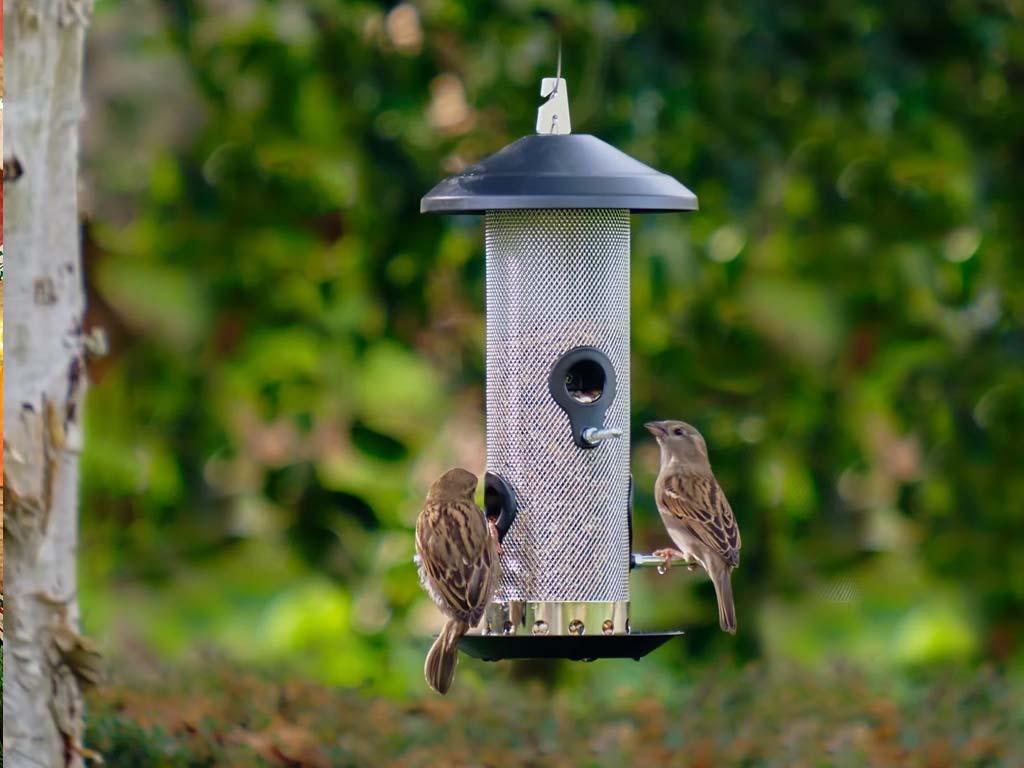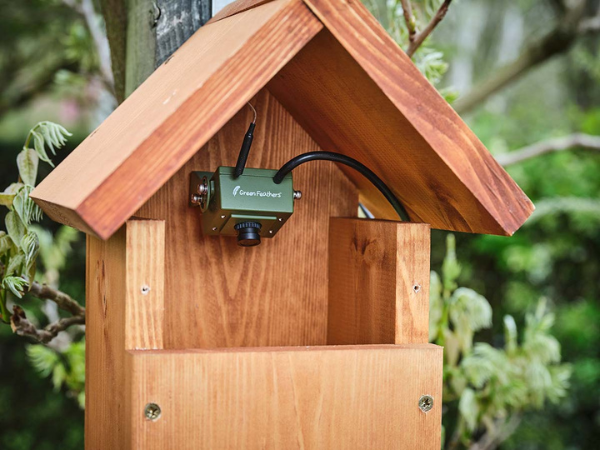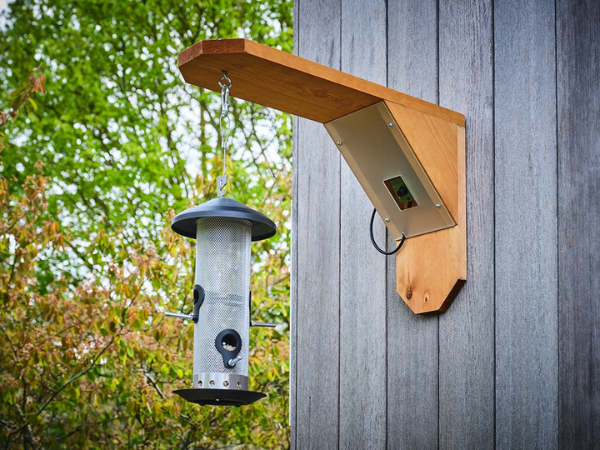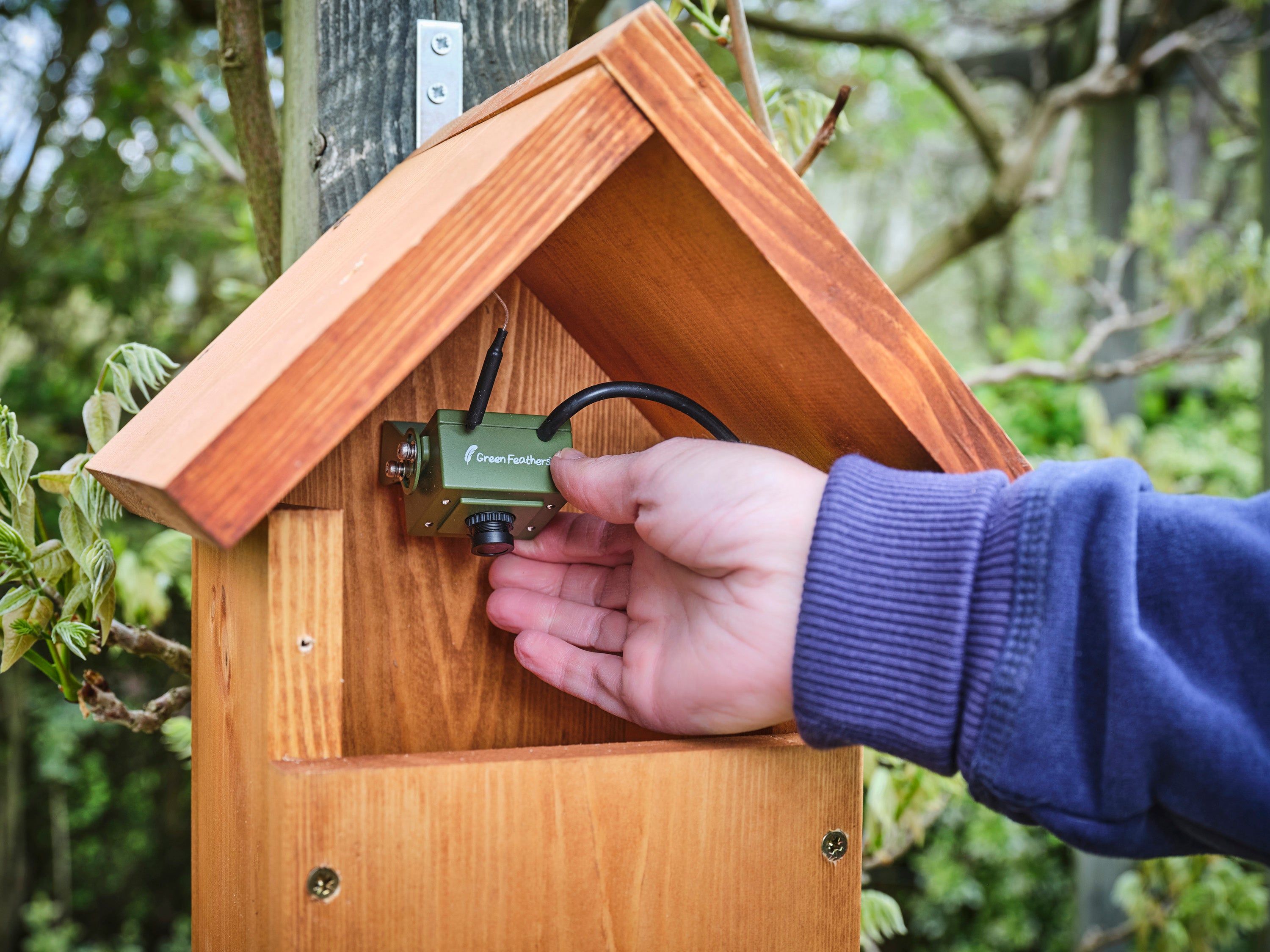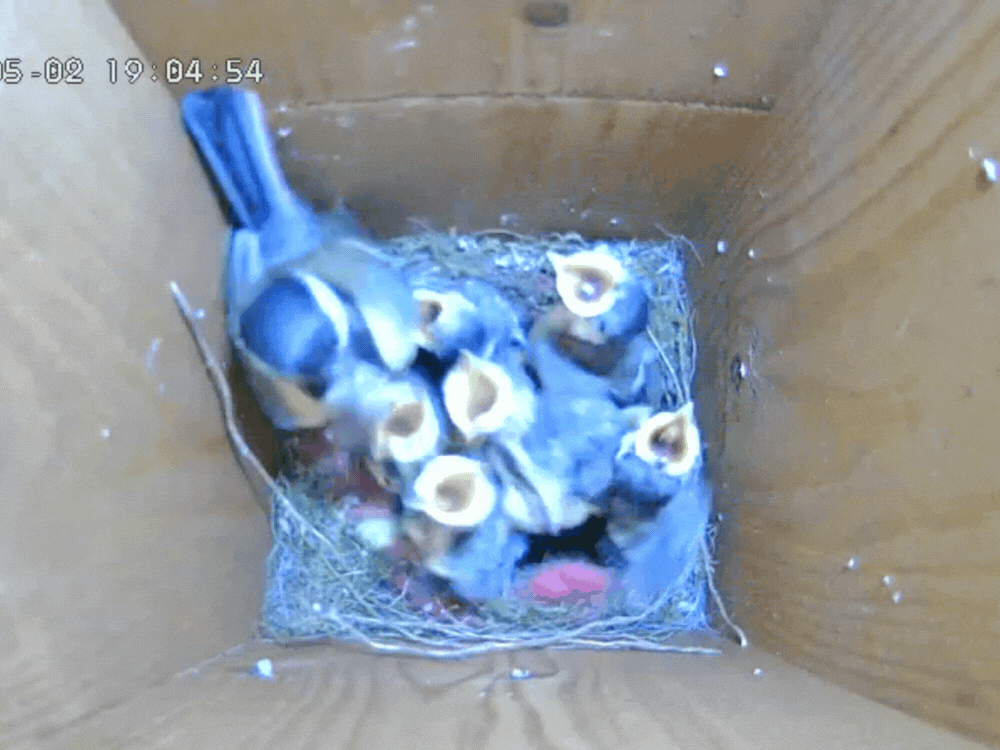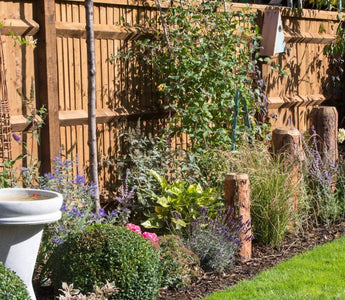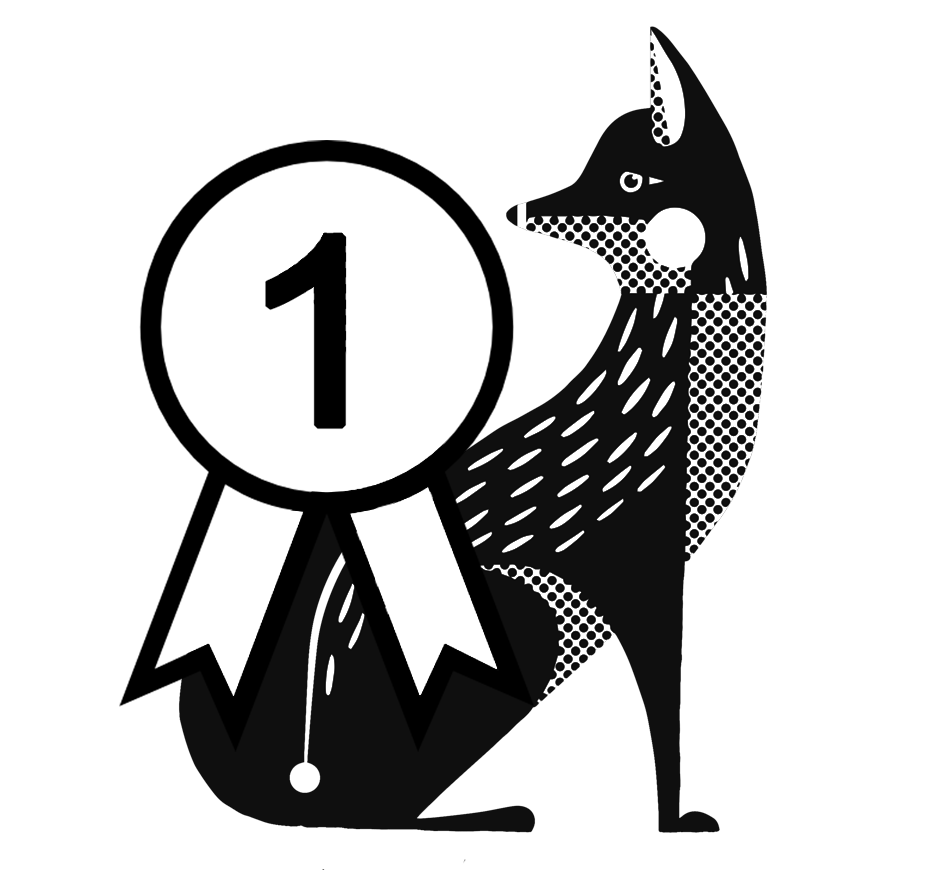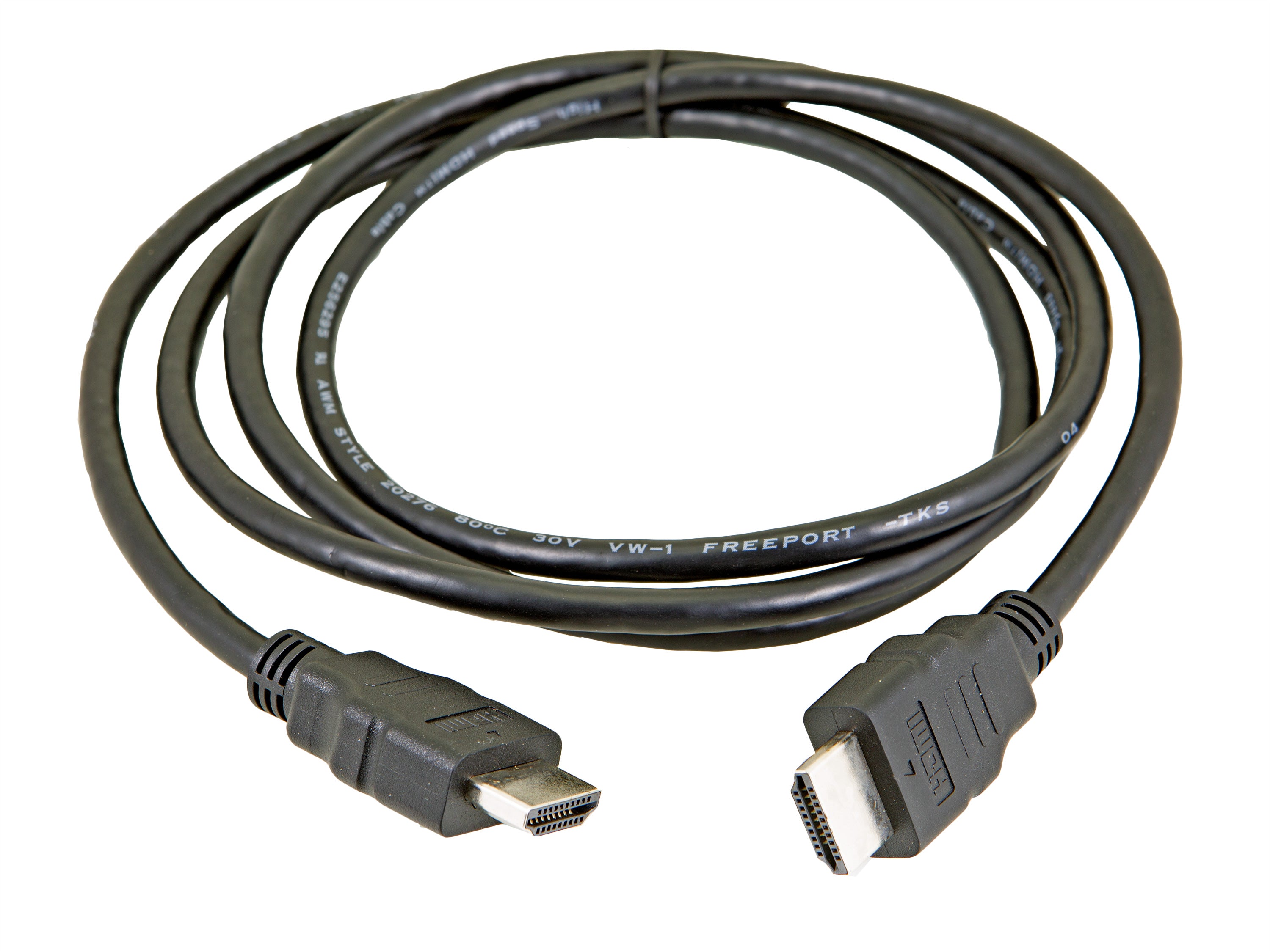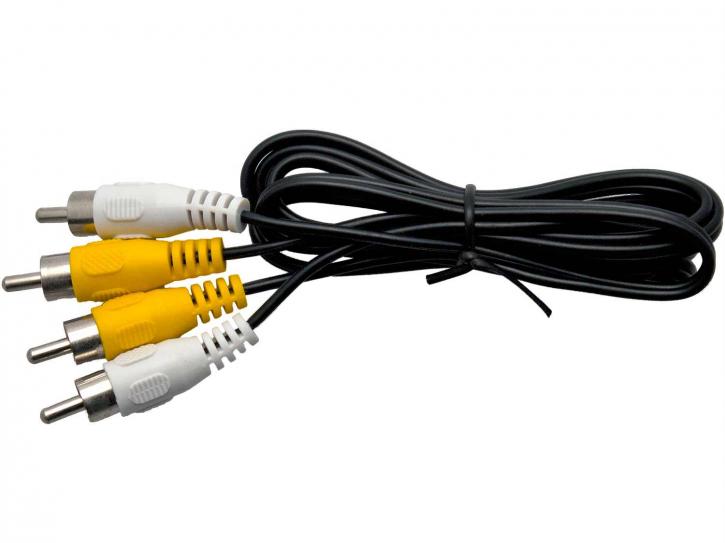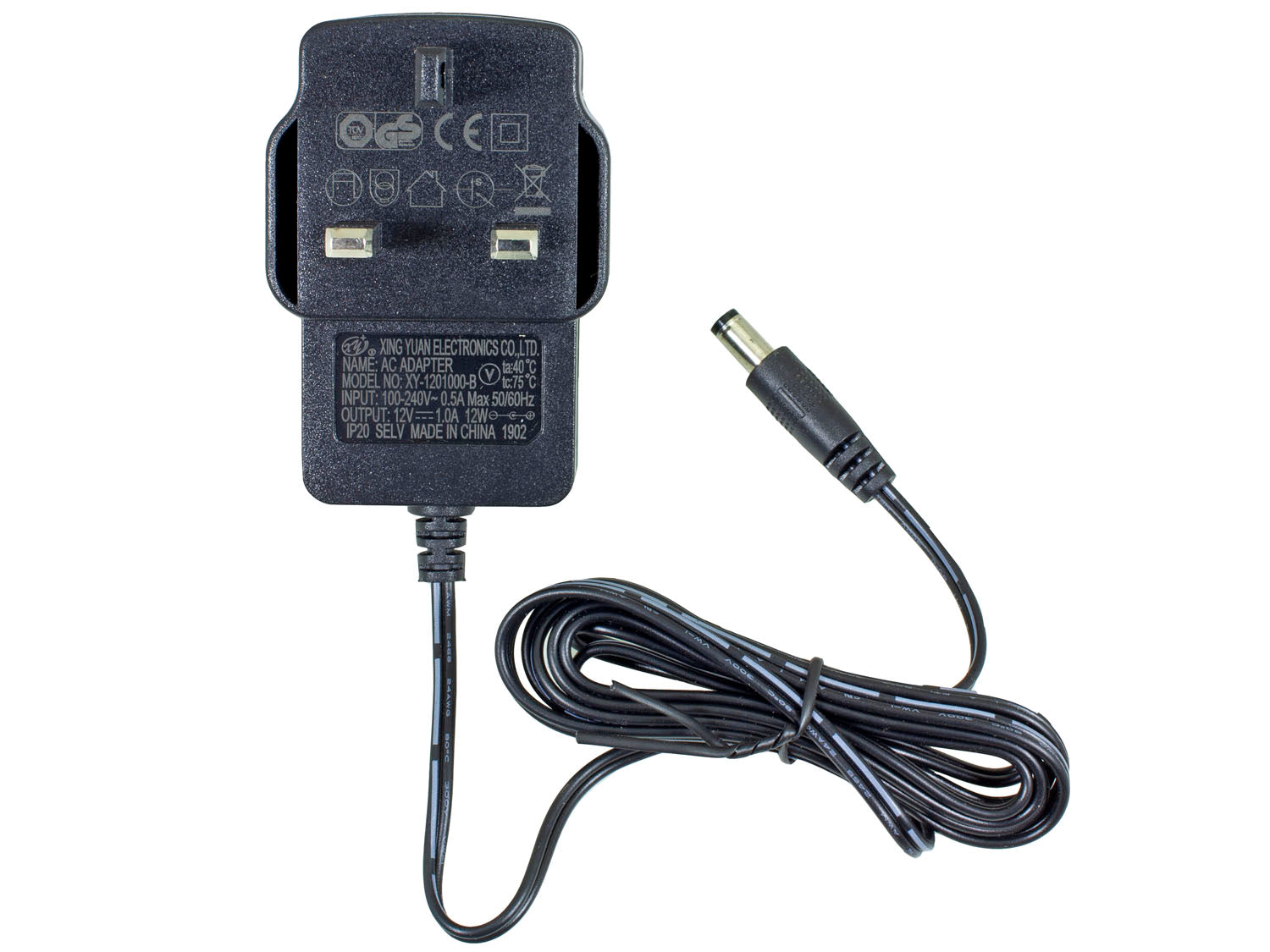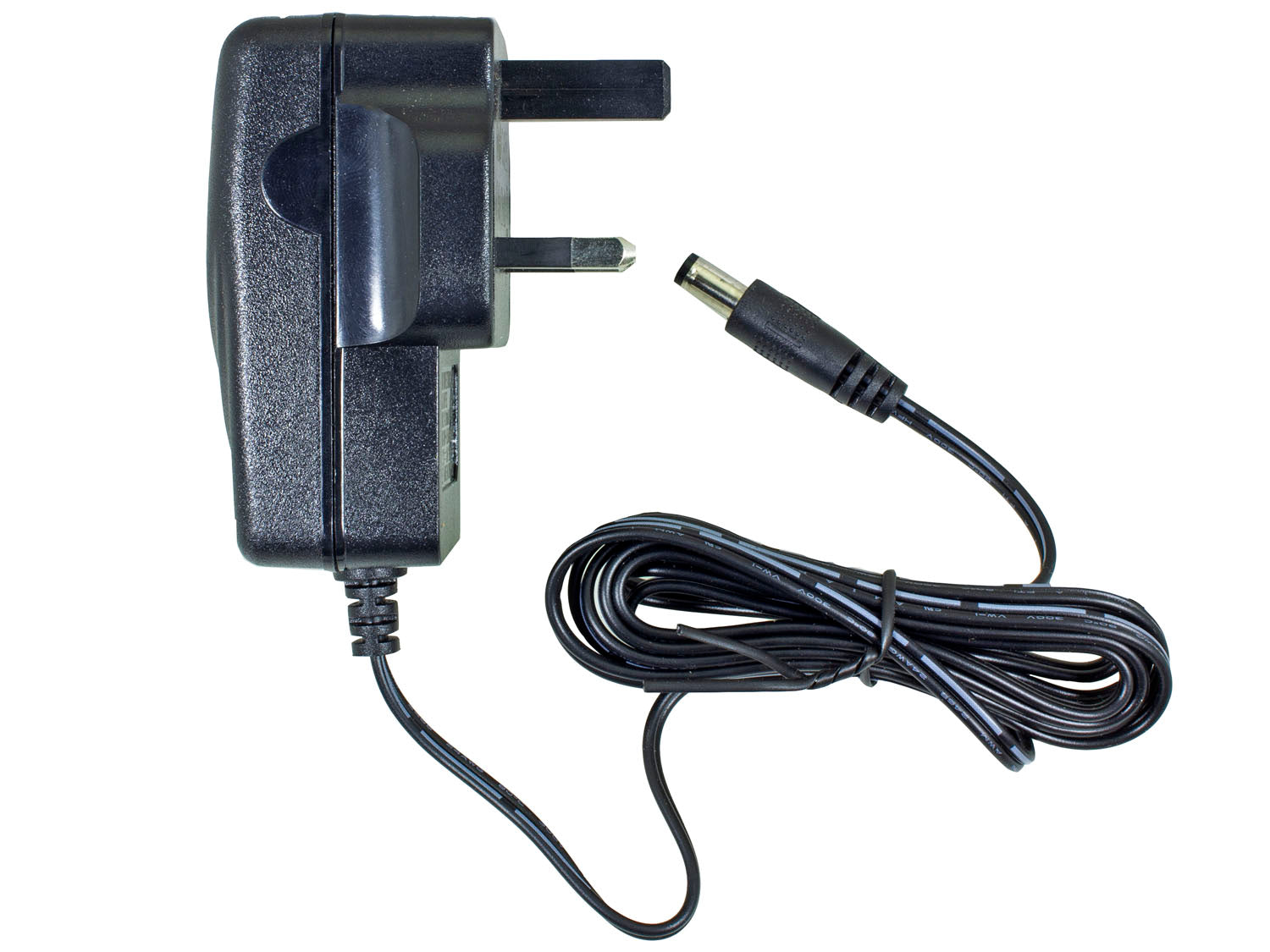As our human population grows, we’re building more houses across green spaces to accommodate. However, in doing so, we’re taking away natural habitats away from native wildlife, breaking down local ecosystems and destroying what is left of the biodiversity in the UK. But you can change that.
Wildlife-friendly gardens provide spaces for local birds, bugs and more to find food, water and shelter. These resources are necessary for the survival of these creatures, and with just a few simple changes or additions to your backyard, you can do your part to restore a little more biodiversity and support local wildlife and ecosystems. This guide will explore how to create a wildlife garden in your very own home.
1. Provide shelter
Shelter is a fundamental need for all species, and is often the reason why wildlife are coming to your garden. But does your garden have an ample amount of shelter for them to find?
Bird boxes
Bird boxes are a quick and easy way to provide a safe habitat for flying friends who visit your garden. Installed high in trees or on an exterior structure in your garden, bird boxes are perfect for migratory birds to rest, as well as a space for native birds to mate and nest.
Did you know that you can install specialist bird box cameras in your birdhouses too? Never miss a moment in your wildlife-friendly garden by installing cameras to keep an eye on your current bird box residents, and if you’re lucky, even catch a glimpse of hatching season!
Hedgehog boxes
Population rates of native hedgehogs are continuing to decline, mainly due to a lack of safe spaces for them to rest, nest and hibernate. Hedgehog nesting boxes are the perfect solution to this and make a great addition to your wildlife-friendly garden.
As hedgehogs are nocturnal, you may be fast asleep when they come to visit. By installing hedgehog box cameras into your nesting boxes, you will be able to record and playback every single second of your prickly pals activity, from the comfort of your home.
Insect hotels
Even minibeasts are looking for a safe space to stay in British gardens. Insect hotels are an easy addition to any wildlife-friendly garden and can be the perfect activity for a family of budding wildlife protectors. Purchase one premade, or make your own with sticks, leaves and other natural resources.
Natural habitats
You don’t have to go out and build or buy habitats to make a wildlife-friendly garden. If your garden is full of greenery, like trees and shrubs, or piles of compost and woodcuttings, local wildlife will be sure to visit and make your garden their home.
Interested in which creatures are dropping by? Install wildlife cameras around your garden to capture unique footage, and get up and personal behind a screen, with all the beauty British wildlife has to offer.
2. Offer food
At one point or another, we’ve all felt hungry. But how would you feel if you didn’t know where your next meal was coming from? This is the reality of many British wildlife creatures these days. However, you can do your bit to keep visitors fed and full, and create the perfect wildlife-friendly garden.
Remember that you should always create a safe feeding environment for the wildlife in your garden, to prevent predation. Feeding hedgehogs and small mammals should be in a contained space, preventing larger mammals like foxes and badgers from hunting them.
Wildlife feed
The easiest way to always have the correct food on hand for your garden visitors is to purchase specific wildlife feed. From bird food to hedgehog food, you can make sure the wildlife in your garden is getting the right food and amount of nutrition.
Worried about squirrels stealing your bird food or local cats taking away your hedgehogs’ dinner? Invest in high-quality and eco-friendly bird feeders and hedgehog feeding habitats to keep their snacks safe and sound.
From the kitchen
Maybe you’ve run out of hedgehog food or you’ve had a sudden increase in birds coming to visit, but you shouldn’t worry. Many household foods are safe for wildlife to eat, for the time being.
Birds and small mammals, such as mice, voles and shrews, can consume:
- Fruit, such as apples, pears and other soft fruits
- Seeds and grains, like oats and sunflower seeds, or plain cereals
- Broken up, unsalted and fresh peanuts, ensuring they don't contain aflatoxin (a poison caused by fungus mould)
- Food scraps, such as plain cooked pasta, rice and boiled potatoes. cheese and uncooked and unsalted bacon rind
- Raisins and sultanas, though avoid if you have dogs at home
Larger mammals, like foxes and hedgehogs, like:
- Uncooked meat, with no bones in it
- Soft fruits and vegetables, such as bananas, berries, tomatoes and cooked squash
- Tinned cat or dog food, avoiding fish
Natural food resources
The best food for wildlife in your garden is natural food resources. Native plants should provide the local ecosystem with what it needs to survive, including nectar, berries, seeds, nuts, fruits and insects.
3. Provide water sources
Water is vital for all life, but clean water can often be difficult for local wildlife to find - especially in urbanised areas, such as towns and cities. Different types of water sources you could add to make your garden wildlife-friendly include:
- Ponds (without fish)
- Bird baths
- Small, shallow or running water features
- Shallow bowls or dishes on the floor
Other than with ponds, you should always ensure to clean your water sources regularly and provide fresh water to the wildlife - as dirty water can do far more harm than good.
4. Create a natural environment
One of the best things you can do to make your garden wildlife-friendly is to pull back on the over-excessive landscaping and ‘hardscaping’, and instead, just let it be.
Native plants
Planting native plants, including trees, shrubbery and flowers, in your garden is a great way to support local wildlife.
Native plants provide essential nectar for pollinators in your local area, such as bees, butterflies, moths and bats, along with nuts, seeds and fruit for local wildlife to eat. Native plants also provide a natural, protective shelter for many creatures, such as shrubs for hedgehogs, long grass for a variety of insects, and climbers for birds.
The best way to find the perfect native plants for your wildlife-friendly garden is to visit your local garden centre. Their experts can help guide you through which plants have the most benefit for your local ecosystem and work in your current garden conditions, along with how to care for and maintain them. You may also find this information online, but you should always purchase native plants in your local area for it to be truly beneficial to wildlife.
Rewilding
Did you know that gardening tasks, like mowing the grass, pulling weeds and cutting back hedges, are potentially destroying a creature’s habitat?
For the perfect, wildlife-friendly garden, just let it all grow - also known as ‘rewilding’. Avoid over-pruning and leave gardening tasks to whenever they are truly necessary - not just for a picture-perfect backyard. Letting your garden grow will show local wildlife that this space is safe, and you will soon find minibeasts in your grass, birds in your trees and mammals hiding away in your bushes and hedges.
Natural entryways
Easier for some than others, a wildlife-friendly garden is only really beneficial to the local ecosystem if they can get into your garden.
Wooden fences and metal railings can block native wildlife from finding their way into your garden. Hedges, on the other hand, provide the perfect human privacy and security to your home, but still let wild visitors into your garden. If swapping your fence for a hedge isn’t on the cards right now, consider creating a small hole in the bottom to let wildlife in, but still keep the structure secure.
5. Implement wildlife-friendly practices
Not only can pruning your garden destroy wildlife habitats, but other gardening habitats can too… and much worse. To build and sustain a wildlife-friendly garden, you need to adopt wildlife-friendly practices too.
These include:
- Avoiding chemical pesticides and herbicides
- Using compost and mulch
- Cleaning feeding stations and water sources regularly
- Picking up animal droppings, to prevent spread of disease
Ready to build your wildlife-friendly garden? Get in touch today for expert advice on how to make your garden a safe sanctuary for all creatures, big and small, with Green Feathers wildlife accessories.




